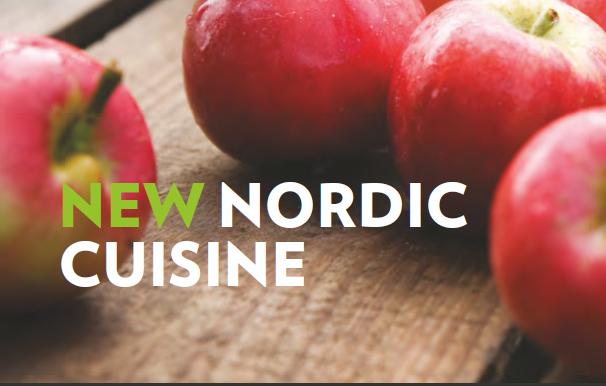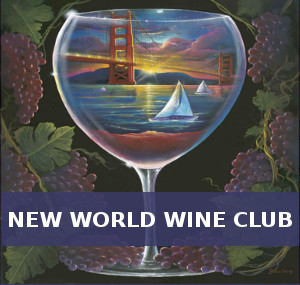10 years ago, Nordic countries were virtually invisible on the international dining scene. Lower population levels and remote location may not be the best for publicity and exposure, but the fresh local ingredients that the cuisine is founded upon certainly haven’t suffered under the circumstances. Did you know that a remarkable 700 apple varieties, 200 horseradish species, and 110 sorts of rhubarb to name a few grow within these countries? Musk Ox, reindeer, juice turnip, king crab, slow growing Lime Fiord oysters, Greenlandic ice water flounder, ancient local cow, and more than 50 species of wild berries like broke berries, cloud berries, arctic bramble, and cow berries are regularly used but extremely unique and hard to acquire outside the Nordic region.
Nordic cuisine is more than just a modern culinary movement. Growing conditions make this wide ranging bounty possible. A remarkably temperate climate so far from the equator yields a long cool growing season and high temperature variations particularly during spring and autumn. The Gulf Stream’s direct impact on coastal areas ensure mild winters and damp summers. Even the most northern part of the ocean around Norway is free from ice.
The First International Nordic Feed Food Conference centered around 3 major events exploring the region’s resulting culinary offerings:
Copenhagen Cooking – the largest food-festival in the Nordic Countries with special menus, cooking courses, presentations, workshops, and indigenous music
MAD Foodcamp – a new initiative by the founders of Noma, René Redzepi and Claus Meyer, key promoters of New Nordic Cuisine. Meet chefs from around the world, eat in street kitchens, talk to some of the top farmers in Denmark and touch and taste the best products of the region.
Nordic Taste – a dine-around with 40 leading restaurants from Denmark and southern Sweden focusing on local produce and traditions.
By Steve Mirsky, Gastrotraveling.com












